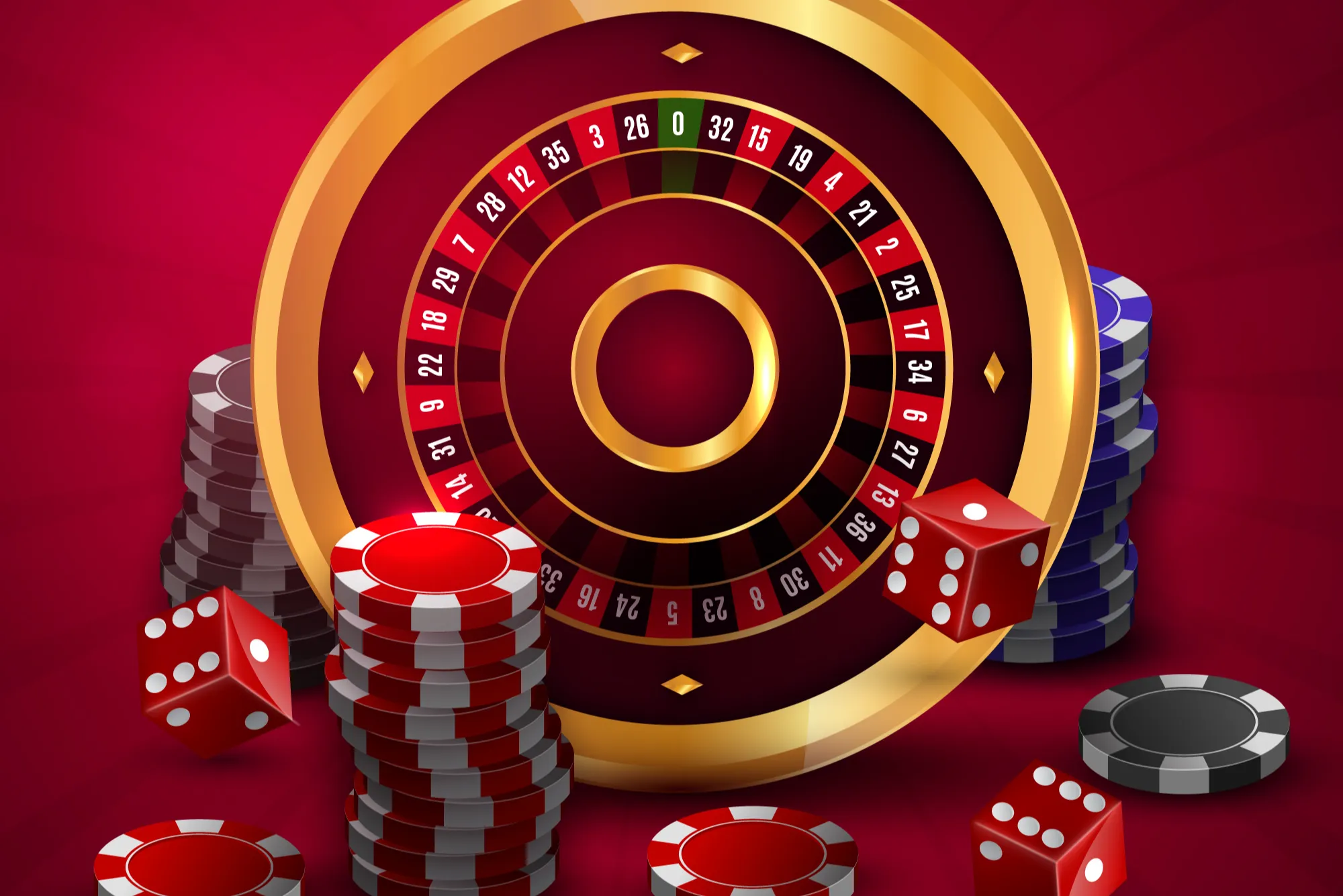The casino world has always chased the next big thing to keep players captivated. Over the past decade, 3D slot machines have emerged as a powerful tool for attracting and retaining gamblers. With richly detailed graphics, animations that leap off the screen, and interactive bonus rounds, these games promise a deeper sense of immersion. But do 3D visuals truly enhance player engagement? Drawing on personal gaming sessions, industry reports, and real-world operator insights, this article explores how three-dimensional design elements influence player behavior and enjoyment.
The Psychology Behind Visual Engagement
Human brains are wired to respond to vivid imagery and motion. When a game presents compelling 3D effects, it triggers emotional and cognitive responses that flat, 2D designs simply cannot match.
The Power of Visual Stimuli
Studies in cognitive psychology show that dynamic visuals capture attention more effectively than static imagery. In a crowded casino, machines with eye-catching 3D animations stand out amid rows of traditional slots. Even remote gamers find themselves drawn to the depth and realism of 3D slots, often spending longer browsing to find these immersive titles. Moreover, operators report that players at 3D machines tend to linger at the virtual “table” for extended periods, translating into higher session times and increased play frequency.
Emotional Resonance and Retention
Beyond grabbing attention, 3D graphics evoke stronger emotional connections. Imagine a slot where symbols physically tumble toward you in slow motion after a big win or where a character on screen reacts jubilantly to hitting a jackpot. These moments create memorable experiences that players associate with positive feelings. That emotional resonance not only boosts satisfaction but also encourages return visits. It’s no wonder that certain themed games—like adventure quests or cinematic heists—pair perfectly with 3D visuals to heighten excitement.
3D Visuals as a Game-Changer
While the psychological edge is clear, it’s the concrete design features of 3D slots that make the difference.
Depth and Realism
Traditional slots display symbols in two dimensions on flat reels. In contrast, 3D slots render objects with simulated depth, casting shadows and highlighting textures. Gems glint, characters move, and environments shift perspective. I once tested two versions of the same basic slot—one 2D, one 3D—and noticed an immediate preference among friends for the 3D variant. Even casual players who rarely react strongly to bonuses paused to admire the detail.
Interactive Animations
A hallmark of 3D slots is interactive bonus rounds. Instead of clicking a static box, players might guide a hero through a temple, steering clear of traps in real time. These segments transform passive watchers into active participants. And in today’s market, where nontraditional platforms like non GamStop casinos offer unique themes, developers leverage 3D effects heavily to differentiate their products and attract niche audiences.
Measuring Engagement in 3D Slots
It’s one thing to hypothesize about enhanced engagement, but operators rely on hard numbers to guide decisions.
Session Length and Repeat Play
Casino operators track how long players stay at a machine and how often they return. Data from several large resorts show that 3D slots average 20–30% longer sessions than comparable 2D counterparts. Online platforms echo this trend: players engage with 3D titles for more spins per session and return to those games sooner after logging off. In my own play history, I often revisit my favorite 3D slots weekly, whereas once-marquee 2D titles rarely see a second spin.
Behavioral Metrics
Beyond time spent, metrics like bet size, bonus feature activation frequency, and feature opt-in rates reveal deeper engagement patterns. A case study from a major online operator reported that players were 40% more likely to purchase bonus spins in 3D slots, compared to only 15% in 2D versions. That uptick in microtransactions underscores the compelling power of three-dimensional design.
Marketing Advantages and Case Studies
Operators and developers alike seize on 3D’s appeal for promotional campaigns.
Success Stories from Leading Developers
Companies like Novomatic and NetEnt were early adopters of 3D technology, rolling out blockbuster titles that became flagship offerings. Their marketing materials highlight cinematic trailers, behind-the-scenes developer interviews, and player testimonials praising the lifelike graphics. These campaigns drive pre-release hype and maintain player interest through seasonal updates and new 3D map packs.
Player Testimonials
Conversations in online communities often underscore how 3D slots feel more “alive.” One player on a casino forum shared that they switched entirely to 3D titles after feeling bored with standard reels. Another recounted introducing their partner—previously indifferent to slots—to gaming by showing them a 3D adventure-themed machine. These anecdotes mirror broader trends: when players experience greater immersion, word-of-mouth buzz naturally follows.
Considerations for Operators
While the benefits are substantial, operators must weigh technical and regulatory factors.
Balancing Performance and Accessibility
High-fidelity 3D graphics demand powerful hardware and optimized code. Casino floors investing in 3D cabinets face upfront costs to upgrade GPUs and displays. Online operators need robust servers and efficient streaming strategies to serve 3D content smoothly, especially to players with varying internet speeds. Striking the right balance ensures that 3D slots remain accessible without frustrating lag or slowdowns.
Regulatory and Responsible Gaming Aspects
Regulators require transparency in game mechanics, regardless of visual complexity. Whether a slot spins in 2D or 3D, the underlying RNG must be clearly documented, and paytables easily accessible. Responsible gaming features—like time reminders or loss limits—must integrate seamlessly into the immersive environment, not disrupt it. Forward-thinking operators incorporate subtle prompts within 3D landscapes rather than jarring pop-ups.
Conclusion
The rise of 3D slot visuals marks a significant shift in casino entertainment. By leveraging depth, realism, and interactive animations, developers create experiences that captivate attention, evoke strong emotions, and encourage longer play sessions. Operators benefit from increased session length, higher bonus purchases, and positive marketing buzz. Yet success hinges on smart implementation—balancing technical requirements, regulatory standards, and player accessibility. As the technology matures, expect 3D slots to become the default rather than the exception, reshaping engagement norms both on the casino floor and online.



